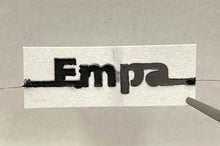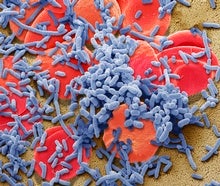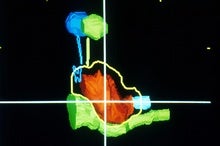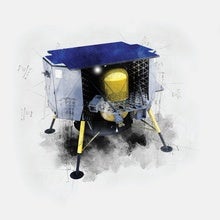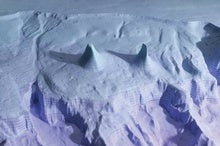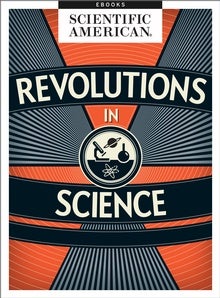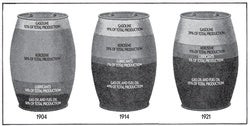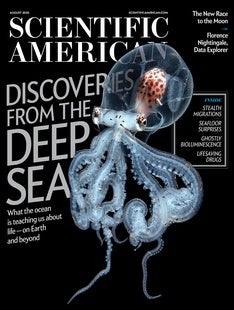 |
| August 02, 2022 |
Dear Reader,
Researchers took the tech found in a handheld ultrasound probe and shrank it to a patch the size of a postage stamp that sticks to the skin with a new bioadhesive. The resulting wearable device can record organs and blood vessels for 48 hours at a time, even when the subject is moving around, creating new possibilities for medical monitoring. |
| | Sophie Bushwick, Associate Editor, Technology
| |
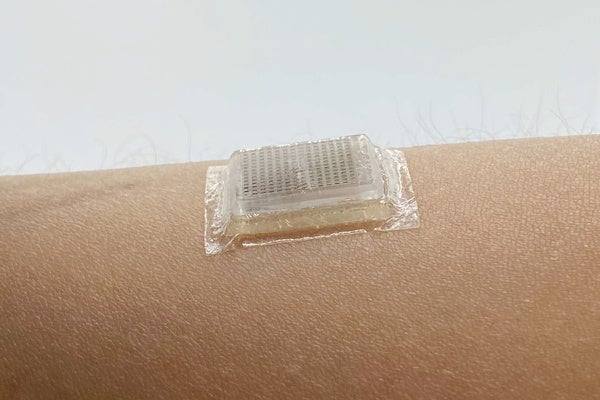 |
| Engineering This Sticker Looks Inside the Body A new stick-on ultrasound patch can record the activity of hearts, lungs and other organs for 48 hours at a time By Sophie Bushwick | |
| |
| |
| |
| |
| |
| |
| |
| |
FROM THE STORE
 | | Revolutions in Science Normally science proceeds in incremental steps, but sometimes a discovery is so profound that it causes a paradigm shift. This eBook is a collection of articles about those kinds of advances, including revolutionary discoveries about the origin of life, theories of learning, formation of the solar system and more. *Editor's Note: Revolutions in Science was originally published as a Collector's Edition. The eBook adaptation contains all of the articles, but some of the artwork has been removed to optimize viewing on mobile devices. |  | | |
| QUOTE OF THE DAY
 "The microbes are living wires: Their threadlike bodies--thinner than a human hair--can channel electricity." Nikk Ogasa, Science News | |
FROM THE ARCHIVE
 | | | |
LATEST ISSUES
 |
| |
| Questions? Comments?  | |
| Download the Scientific American App |
| |
| |



